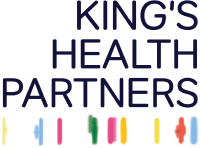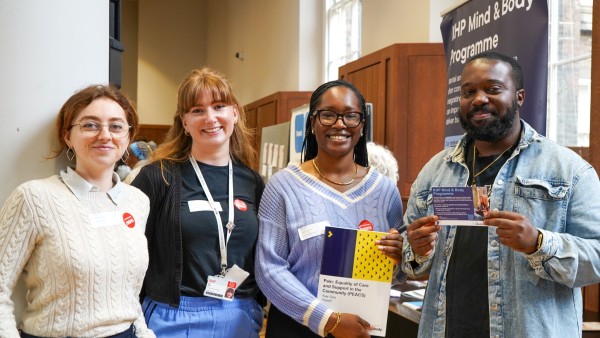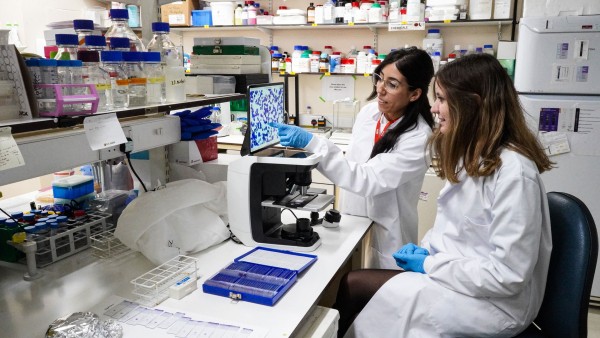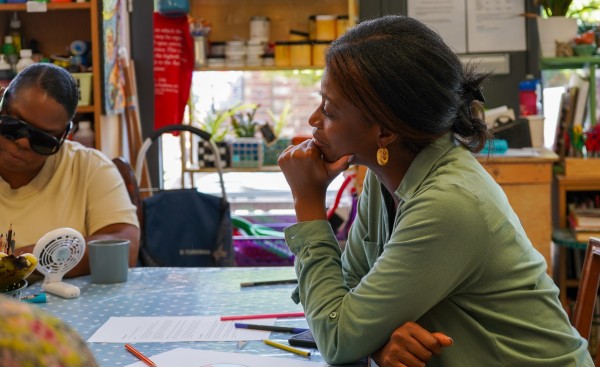8 April 2021
With more than 40 years’ experience tackling health inequalities, our urban population health workshop guest panelist, Barbara Gray [pictured below], describes what urban population health means and how we can unite against health inequalities in our local population.
One of the four priorities in our five-year plan – ‘Delivering better health for all through high impact innovation’ is to improve urban population health, by addressing structural inequalities, ensuring equity of healthcare and preventing poor health outcomes for those living in our communities.
On 14 April, we are holding a landmark event on urban population health, as part of our Clinical Academic Workshop series. Working together with our communities and partners, we want to better understand the complex needs of our population, including the social and economic factors that create health inequalities. With hundreds of participants registered already, our urban population health event brings together experience and expertise from speakers across our system-wide partnerships.
Before the event, we had the opportunity to catch up with one of our expert guest panelists, Barbara Gray, CEO Urban Dandelion Community Interest Company (CIC), on what urban population health means and how she will address the topic during panel discussions on 14 April.
Barbara – tell us a little about you and your role?
I was born in London of parents who travelled here in 1954 from Jamaica and part of the Windrush generation. As the Founder and CEO of Urban Dandelion CIC, my work inspires communities to bring about the change they want to see in their areas. I am continually inspired by the transformations people achieve for themselves, their communities and environment, especially by those who are seldom heard. I am also the Health Inequalities Advisor to the Mayor of Lewisham focusing on people of different race, bearing in mind intersectionality, in this south east London Borough, with a focus on Black population health.
How would you describe urban population health?
Urban population health focuses on equity and the wellbeing of people living in cities. Urban places are unique, with diverse, 21st century populations living with extremes of wealth and poverty side by side. Population health requires a variety of lenses to consider its complexities, such as, population density, poor air quality, the impact of recession, widening inequalities and poor health outcomes created by these socioeconomic factors. COVID-19, for example, has made clear that the most important lens is race.
You are a panelist next week at our Urban Population Health workshop - can you introduce what you will be talking about briefly?
During panel discussions, I will respond to comments on ‘despite 40 years of trying, addressing health inequalities has proved “impossible”’. I will also bring to life Prof John Moxham’s, former King’s Health Partners’ Director of Value Based Healthcare, Vital 5, the five key issues that impact most widely on health including smoking tobacco, high blood pressure, obesity, drinking too much alcohol and common mental health conditions, for reducing health inequalities through the lens of race. I will show how the NHS and King’s Health Partners as anchor organisations, meaning large, typically non-profit organisations, can improve their local areas and demonstrate how exciting and rewarding the focus on race and new ways of doing things can be.
What are the population health challenges in south east London and how has the COVID-19 pandemic affected these challenges?
Population health does not just rely on the domain of clinical provision, but there are other factors, such as socio economic factors, which represent 50% of causes of ill health. By contrast clinical care provides 20% of solutions for good health.
The six boroughs in south east London include some of the wealthiest and most popular areas in the UK. They host world leading institutions for health arts and culture and contain the greenest and prime riverside locations alongside some of the poorest neighbourhoods in the country. People work hard, yet higher numbers are on lower incomes than in the rest of London. South east London boroughs are also home to people with few opportunities to improve their life chances. With that comes the health challenges documented in the Marmot report and many people living life long limiting illnesses.
Let me give you an example. A recent study by King’s College London Public Health students on placement found that African, Caribbean and Asian people working shifts of unsocial hours found it difficult to eat nutritious food as staff canteens were closed. This added to the pressures of fitting family life around their jobs, leading to unhealthy eating and little time, energy or income for planned physical activity. These are individuals who work in the health service but part of a common scenario in which people lose faith in the population health system and disengage.
The COVID-19 pandemic has highlighted the need for thinking and doing things differently to address these persistent health challenges which ultimately have a global impact.
Finally – what would your advice be to staff and students who are keen to make a difference and improve urban population health?
I would offer eight key pieces of advice:
-
Watch Marmot Build Back Fairer
and read Prof Moxham’s model and the Public Health England COVID-19 report.
-
Know your local population be it city, local authority or neighbourhood level - the number of people, breakdown by equalities protected characteristics and small community organisations and faith groups.
-
Identify the socio economic and health factors that are a local priority. Know who the individual priority groups of people are and identify the offer to match their needs.
-
Use data wisely to target your work where the benefits address the health inequalities considering the desired impact - one size does not fit all.
-
Invest in the local economy and resilience of Black and Minority Ethnic communities.
-
Commission local, including Black, businesses and provide jobs for local people.
-
Accept there is bias in the systems you use and become culturally competent. Systemic racism is a public health issue and acquiring this lens will help you see and do things differently. Your work will be more interesting, exciting and make a difference for those who need the change the most.
-
Be bold and collaborative.
Interested in hearing Barbara and more speakers present at our workshop on urban population health on 14 April? There’s still time to sign up.





